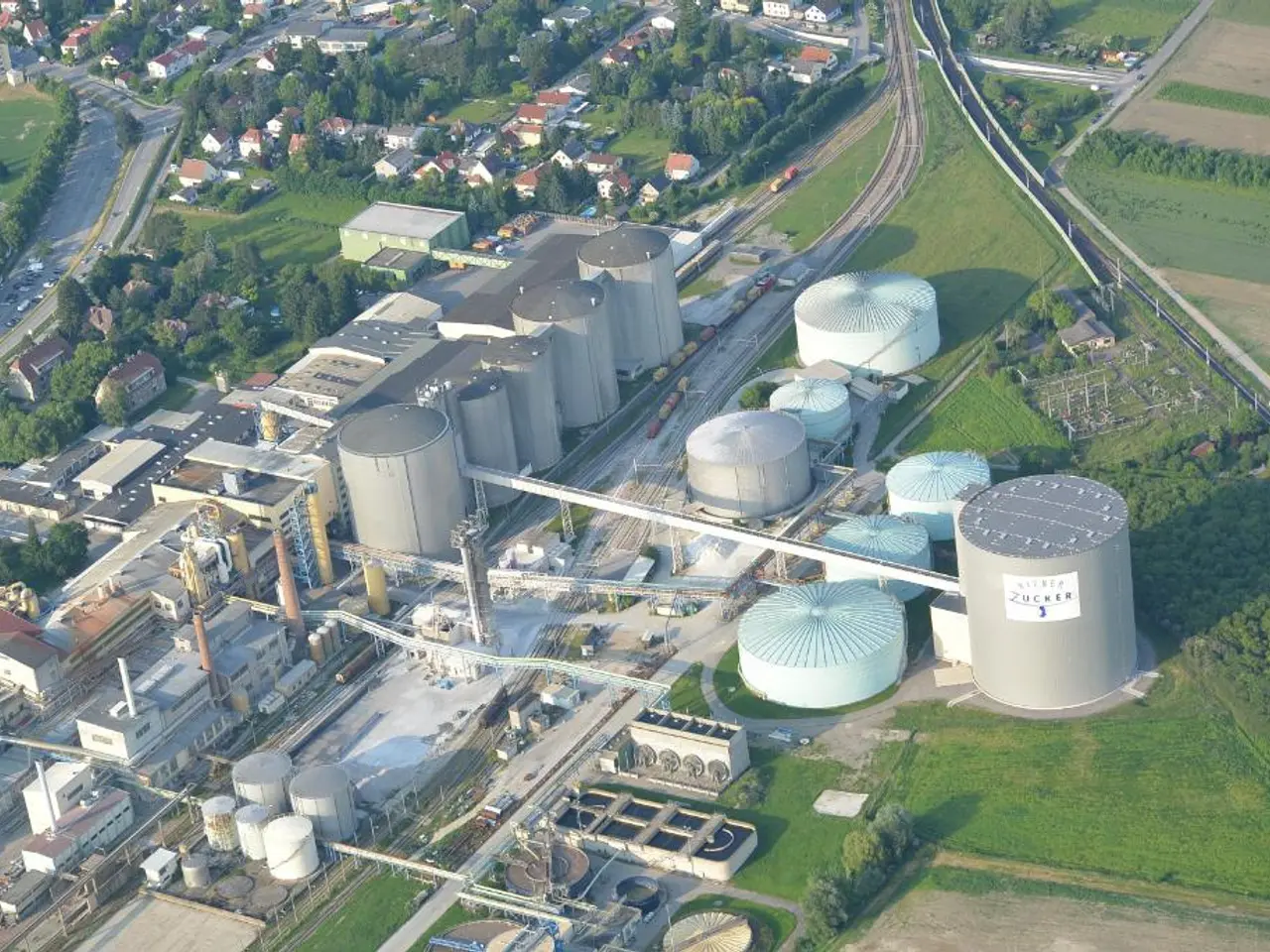Accelerated Impact: The Role of Investments in Spurring Expansion
The multiplier effect, a fundamental concept in economics, plays a significant role in shaping business growth and strategic decision-making. This process, where an initial injection of spending leads to a greater final increase in national income, has a measurable impact on various aspects of business and economic growth.
At its core, the multiplier effect operates on the principle that one person's spending becomes another person's income, generating a chain of consumption that amplifies the initial injection. This is particularly relevant for businesses, as increased investments can lead to broader economic gains through rising incomes and domestic consumption.
The multiplier effect operates in three distinct layers: direct, indirect, and induced impacts. The direct impact is the initial investment or expenditure itself. The indirect impact occurs when the recipients of the initial investment spend their additional income, creating further spending and income generation. The induced impact is the result of increased income leading to increased savings, which are then invested, triggering another round of spending and income generation.
The size of the multiplier depends largely on the marginal propensity to consume (MPC)—the higher the MPC, the larger the multiplier. For instance, an MPC of 0.8 leads to a multiplier of 5, meaning every 1 unit of investment generates 5 units of income.
From a business strategic perspective, understanding the multiplier effect helps in forecasting the broader economic impact of investments and tailoring strategies to leverage the ripple effects of spending throughout the supply chain and consumer base. Different industries experience varying levels of impact from the multiplier effect, with some sectors—like technology, infrastructure, and manufacturing—tending to see higher returns on investment.
Moreover, the multiplier effect has implications beyond just economic numbers. It reshapes industries, expands job opportunities, and fuels regional growth. A strong understanding of these impacts allows businesses to identify opportunities for growth that they might otherwise overlook.
In organizational contexts, an analogous multiplier effect occurs when strategic assets like partnerships or leadership are leveraged effectively. For example, leveraging AI and partnerships can exponentially increase revenue and operational efficiency by enabling broader team empowerment and more effective deal-making. Conversely, failure to scale or fully leverage these assets leads to missed growth opportunities, sometimes termed the “Partnership Paradox.”
Leadership can be a multiplier too, where developing others’ leadership capacity compounds organizational growth and resilience, impacting strategic decision-making on talent development and long-term sustainability.
In summary, businesses that appreciate and harness the multiplier effect—whether through investment, partnerships, or leadership—can accelerate growth beyond the initial input value and make more informed strategic decisions aligned with creating cascading positive economic and organizational impacts.
[1] Keynesian Multiplier: https://www.investopedia.com/terms/k/keynesiandmultiplier.asp [2] The Partnership Paradox: https://hbr.org/2015/03/the-partnership-paradox [3] Multiplier Calculation: https://www.investopedia.com/terms/m/multiplier.asp [4] Leadership Multiplier: https://www.hbr.org/2016/01/the-leadership-multiplier
- The multiplier effect in business, similar to the Keynesian Multiplier, amplifies the impact of investments, as increased spending propagates through the consumer base, leading to higher income, domestic consumption, and broader economic gains.
- In addition to financial implications, the multiplier effect reshapes industries, expands job opportunities, and fuels regional growth, making it essential for businesses to understand and leverage this concept in their strategic decision-making, much like how effective leadership development can compound organizational growth and resilience.




